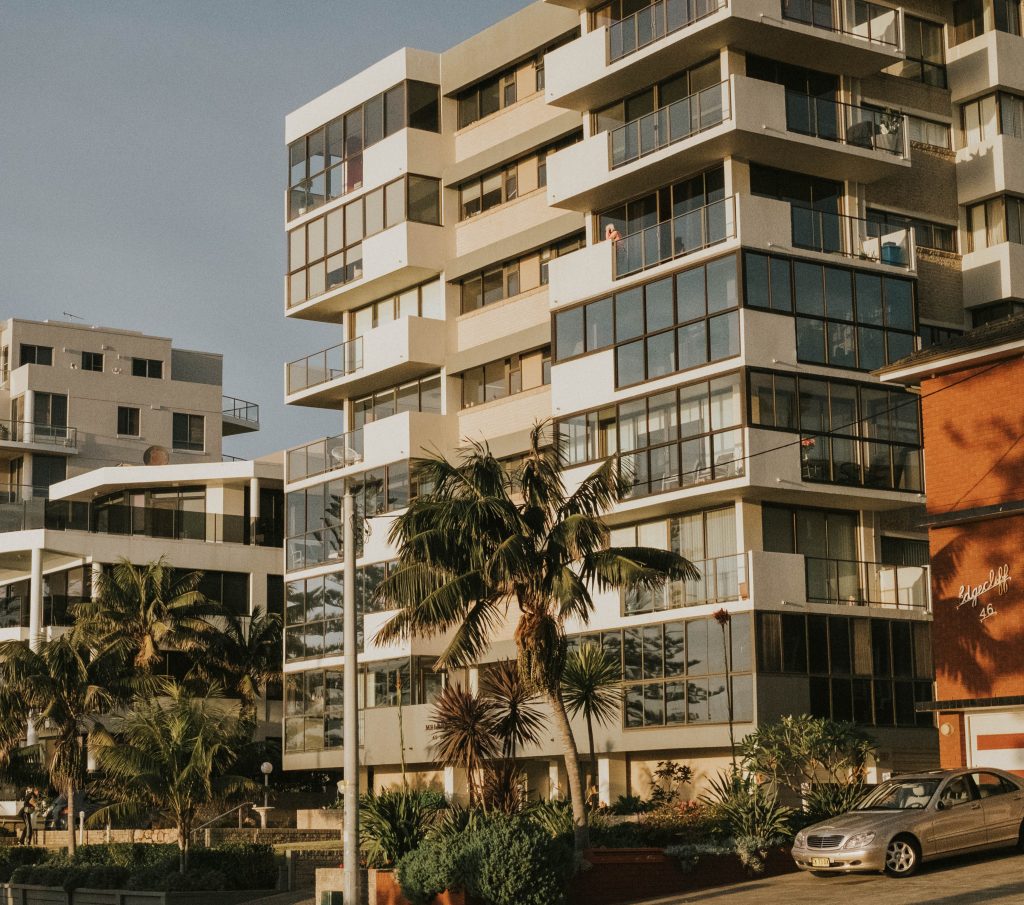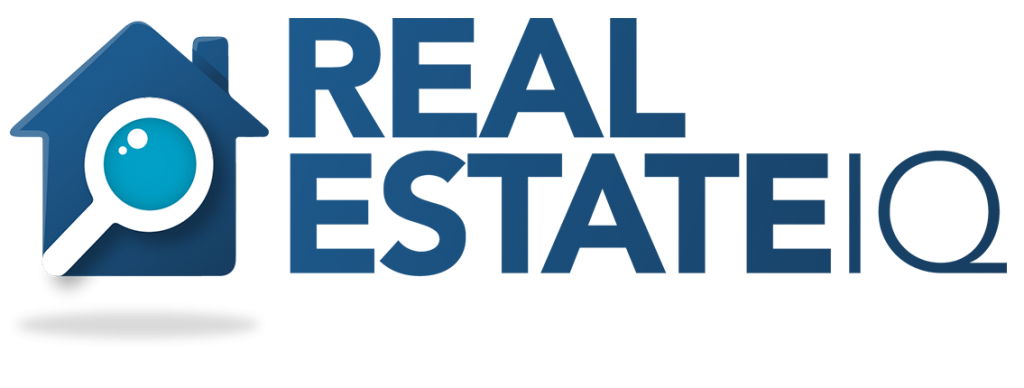The last year 2020, came in with a blast! January started with tragedies, losses, and deaths. February didn’t go unnoticed, either. A deadly virus is rapidly spreading that would later earn a pandemic status.
In a snap, the world became attuned to everyone on the planet, for no one was spared.
The majority of the industries were affected. Schools were suspended and were later moved to online modality; businesses were forcibly closed because of the lockdown. The medical institutions, pharmacies, and supermarkets may be open, but changes were adapted in human interactions. Even the real estate industry was affected by the pandemic. The once physical viewing or open houses were reduced to online ocular visits. Webinars and training are now conducted online, too. One virus equates to too many changes and too many adjustments.
Fast-forward to 2021, companies have adapted to the change and, thus, re-introduce work from home set up. Only this time, a vast majority of companies have succumbed to this trend called “pandemic.” And because of that, homeowners were directed towards creating a work-conducive environment in their own homes. Households are slowly being transformed into workstations and mini study areas. It was easy for those who have spare rooms. However, for those who have limited space, it presented a challenge. Living and dining rooms interchangeably become work and study areas. It is alright, anyway, as long as you have all the necessary tools and the proper mindset, to begin with. But then again, the usual is no longer normal.
Health buffs have also transformed available spaces into “work out domains” since most gyms were closed or under restrictions.
Most apartment complexes have also adapted to the “new normal.” Apart from the strict enforcement of the physical distancing and health guidelines, they are also looking into designing configurations.
Communal space interactions are lessened to reduce the spread of the virus. Crowded spaces are being monitored and reduced to their lowest capacity.
Connect with the right people who can help you expand your network and grow your business. Join the REIQ community and stay connected.
Vacant spaces were being remodeled into work stations for those who don’t have ample room in their own homes. The aim is to create an ambiance of a working area within your apartment complex. It may not be the same as that of your companies’ structure, but the atmosphere it provides is enough to induce the brain to work. It sets the boundary between home and work, which may be applicable for some.
Since the announcement of the pandemic, people have become aware and conscious about their health and wellness. They have embraced the “new normal” as an avenue to be healthier in food intake, exercise, and the like. The majority now have mini gardens on their balconies and patios to harness the fresh air plants produce.

Residence managers and developers have also conceptualized a design wherein buildings with rooftops will be transformed into plant gardens and areas where residents can lounge and breathe fresh air. Gyms are also slowly starting to operate again while strictly enforcing the implementation of physical distancing. These developments are in tune with maintaining good health while protocols of social distancing are implemented. It’s a no brainer that lack of socialization and fresh air can lead to mental health issues. Real estate property developers know that and are geared towards alleviating the living conditions of residents. Thus, there have been developments designed as per the specifications of the “new normal.” Aside from the aforementioned structural configurations, they are also looking into building properties with terraces or balconies and foyers for disinfecting before entering the house premise.
The pandemic has presented us with many challenges, but as they say, change is constant. So does the apartment structure, design, and amenities change to keep up with the residents, tenants, and real estate investors’ changing needs?
Regardless of the changes, what matters is how we respond to change.
Be optimistic and accepting that you may fully be equipped to face all the challenges change brings.
Disclaimer: The blog articles are intended for educational and informational purposes only. Nothing in the content is intended as legal or financial advice

